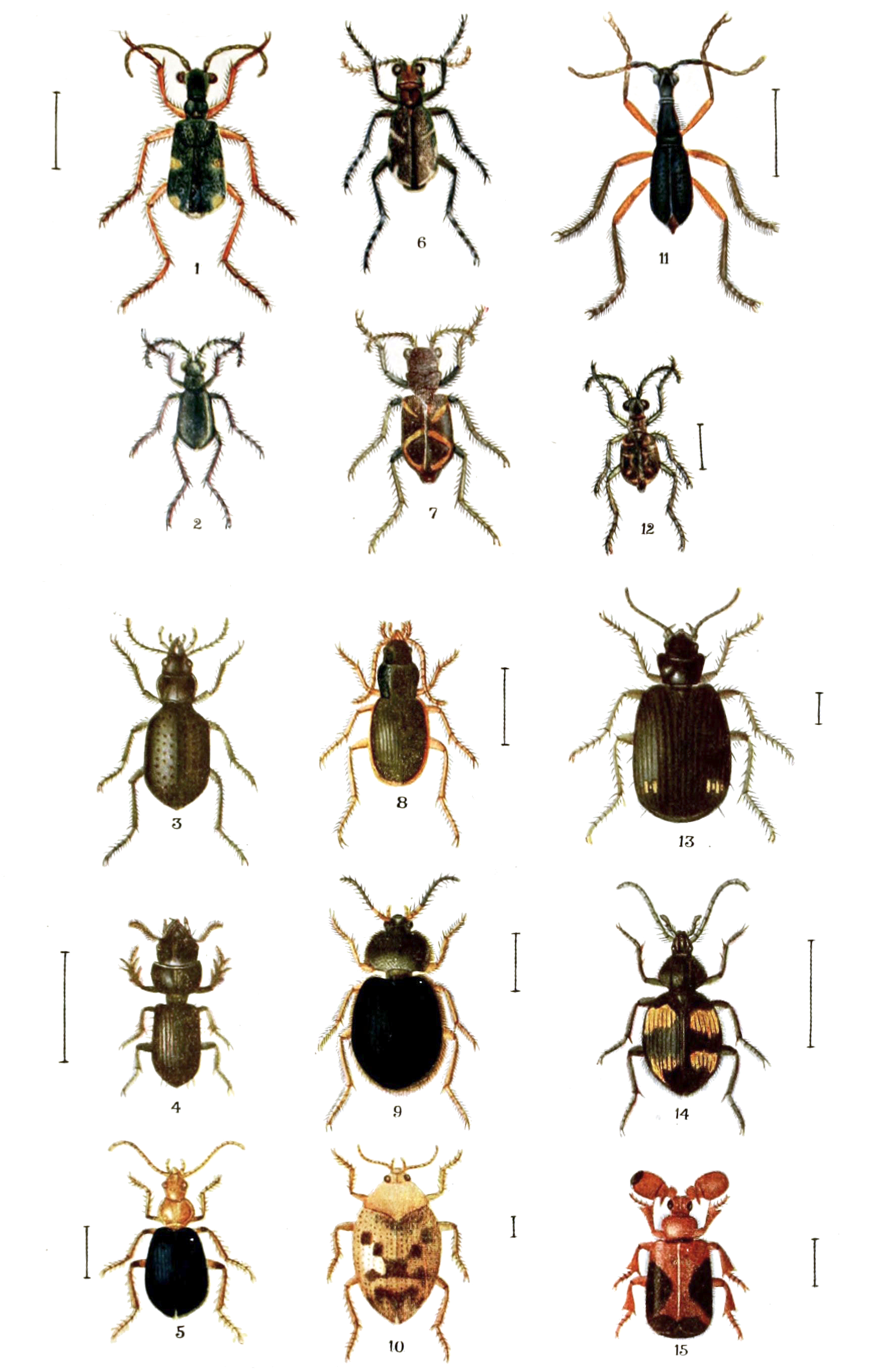|
Parahygrobiidae
''Parahygrobia natans'' is an extinct species of adephagan beetle. It is the only member of the genus ''Parahygrobia'' and family Parahygrobiidae. It is known only from larvae from the Late Jurassic of Russia. Cladistic analysis has placed it as the sister group to extant Hygrobiidae ''Hygrobia'' is a genus of aquatic beetles native to Europe, North Africa, China and Australia. It is the only genus in the family Hygrobiidae, also known as the Paelobiidae.Nilsson, A. N. (2006)Which name is valid – Hygrobiidae or Paelobiidae .... References Adephaga † {{Adephaga-stub ... [...More Info...] [...Related Items...] OR: [Wikipedia] [Google] [Baidu] |
Adephaga
The Adephaga (from Greek ἀδηφάγος, ''adephagos'', "gluttonous") are a suborder of beetles, and with more than 40,000 recorded species in 10 families, the second-largest of the four beetle suborders. Members of this suborder are collectively known as adephagans. The largest family is Carabidae (ground beetles) which comprises most of the suborder with over 40,000 species. Adephaga also includes a variety of aquatic beetles, such as predaceous diving beetles and whirligig beetles. Anatomy Adephagans have simple antennae with no pectination or clubs. The galeae of the maxillae usually consist of two segments. Adult adephagans have visible notopleural sutures. The first visible abdominal sternum is completely separated by the hind coxae, which is one of the most easily recognizable traits of adephagans. Five segments are on each foot. Wings The transverse fold of the hind wing is near the wing tip. The median nervure ends at this fold, where it is joined by a cro ... [...More Info...] [...Related Items...] OR: [Wikipedia] [Google] [Baidu] |
Larva
A larva (; plural larvae ) is a distinct juvenile form many animals undergo before metamorphosis into adults. Animals with indirect development such as insects, amphibians, or cnidarians typically have a larval phase of their life cycle. The larva's appearance is generally very different from the adult form (''e.g.'' caterpillars and butterflies) including different unique structures and organs that do not occur in the adult form. Their diet may also be considerably different. Larvae are frequently adapted to different environments than adults. For example, some larvae such as tadpoles live almost exclusively in aquatic environments, but can live outside water as adult frogs. By living in a distinct environment, larvae may be given shelter from predators and reduce competition for resources with the adult population. Animals in the larval stage will consume food to fuel their transition into the adult form. In some organisms like polychaetes and barnacles, adults are immobil ... [...More Info...] [...Related Items...] OR: [Wikipedia] [Google] [Baidu] |
Cambridge University Press
Cambridge University Press is the university press of the University of Cambridge. Granted letters patent by Henry VIII of England, King Henry VIII in 1534, it is the oldest university press A university press is an academic publishing house specializing in monographs and scholarly journals. Most are nonprofit organizations and an integral component of a large research university. They publish work that has been reviewed by schola ... in the world. It is also the King's Printer. Cambridge University Press is a department of the University of Cambridge and is both an academic and educational publisher. It became part of Cambridge University Press & Assessment, following a merger with Cambridge Assessment in 2021. With a global sales presence, publishing hubs, and offices in more than 40 Country, countries, it publishes over 50,000 titles by authors from over 100 countries. Its publishing includes more than 380 academic journals, monographs, reference works, school and uni ... [...More Info...] [...Related Items...] OR: [Wikipedia] [Google] [Baidu] |
Hygrobiidae
''Hygrobia'' is a genus of aquatic beetles native to Europe, North Africa, China and Australia. It is the only genus in the family Hygrobiidae, also known as the Paelobiidae.Nilsson, A. N. (2006)Which name is valid – Hygrobiidae or Paelobiidae?''Latissimus'' 21 37–39. These are known commonly as squeak beetles or screech-beetles. There are six known living species, with a highly disjunct distribution, and one extinct species, ''Hygrobia cretzschmari''. Biology All species occur in lowland areas Dettner, K. (2005). Noteridae. ''Handbook of Zoology'', ''4'', 72–90. and are mainly found in stagnant water.Holmen, M. (1987). Family Hygrobiidae. ''The aquatic Adephaga (Coleoptera) of Fennoscandia and Denmark''. Brill, 136–142. They live in the mud, silt, and detritus of ponds. None of the species occur in sympatry, except for ''H. nigra'' and ''H. australasiae'' in south-eastern Australia.Hawlitschek, O., Hendrich, L., & Balke, M. (2012). Molecular phylogeny of the squeak b ... [...More Info...] [...Related Items...] OR: [Wikipedia] [Google] [Baidu] |


